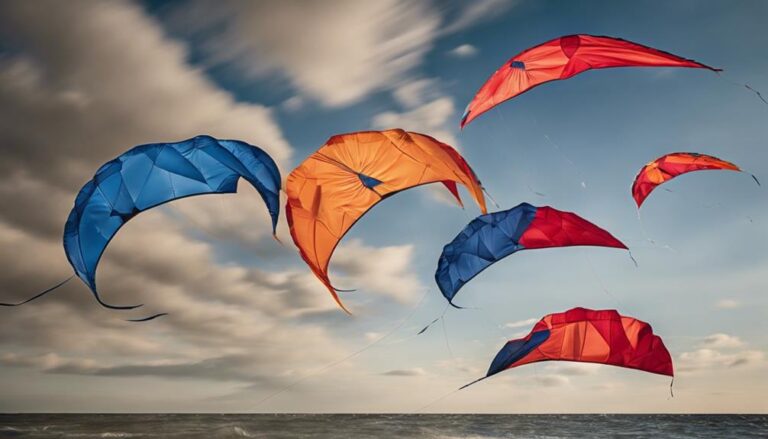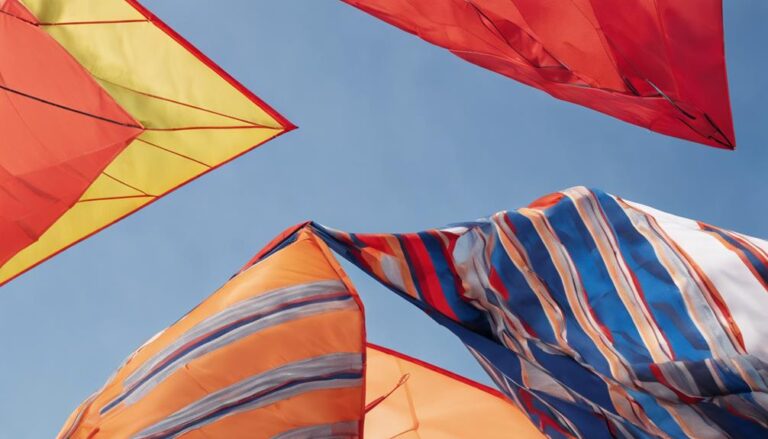Are you planning to fly a kite soon but not sure which month would be the best to do so? Flying kites is a fun activity enjoyed by people of all ages, but choosing the right month is crucial for an optimal experience.
Contents
Factors that Affect Kite Flying
Kite flying is affected by various environmental factors that can either enhance or hamper your flying experience. Here are some factors to consider:
Wind Speed
Wind speed is the most critical factor that determines whether or not you can fly a kite. For a kite to stay in the air, it needs wind speeds of at least 6 mph. If the wind speed is too high, it can be difficult to control the kite, and if it’s too low, the kite won’t fly at all.
Wind Direction
The direction of the wind is also crucial for kite flying. A steady breeze that blows in one direction is ideal for kite flying. Winds that change direction frequently can make it challenging to control the kite.
Temperature
The temperature also affects kite flying. Warm temperatures create thermal currents that can help keep your kite aloft. On the other hand, cold temperatures can cause the kite line to become stiff and brittle, making it more prone to breakage.
Rain and Humidity
Rain and high humidity can make the kite line damp and heavy, making it difficult to keep the kite in the air. Additionally, rain can damage the kite’s paper or fabric material, rendering it useless.
The Best Months to Fly a Kite
Based on the factors discussed above, the best month to fly a kite is typical during the spring season, particularly in the months of March, April, and May. Here are some reasons why:
Consistent Winds
Spring winds are typically consistent and predictable, making it easier to control your kite. You don’t have to worry about sudden gusts or lulls that can cause your kite to crash.
Ideal Temperatures
Spring temperatures are also ideal for kite flying. They are warm enough to create thermal currents but not too hot to make it uncomfortable to spend time outside.
Fewer Rainy Days
Spring is known for its mild and sunny weather, with fewer rainy days. This means that you are
less likely to encounter damp conditions that can make it difficult to fly your kite or damage your equipment.
In addition to the above factors, spring also offers longer days and more daylight hours, giving you more time to enjoy your kite-flying experience.
Additionally, the spring season often coincides with school holidays, making it an ideal time to spend time with your family and friends.
However, it’s important to note that the best month to fly a kite may vary depending on your location.
For instance, if you live in a place with a hot and dry climate, you may find that summer is the best time to fly a kite.
On the other hand, if you live in a place with a cooler climate, you may find that autumn or winter is a better time.
Conclusion
In conclusion, kite flying is a fun activity that can be enjoyed by people of all ages. To have the best kite flying experience, it’s essential to consider the different factors that affect kite flying, such as wind speed, wind direction, temperature, and rain and humidity.
While the best month to fly a kite may vary depending on your location, generally, spring is an ideal time to fly your kite.






